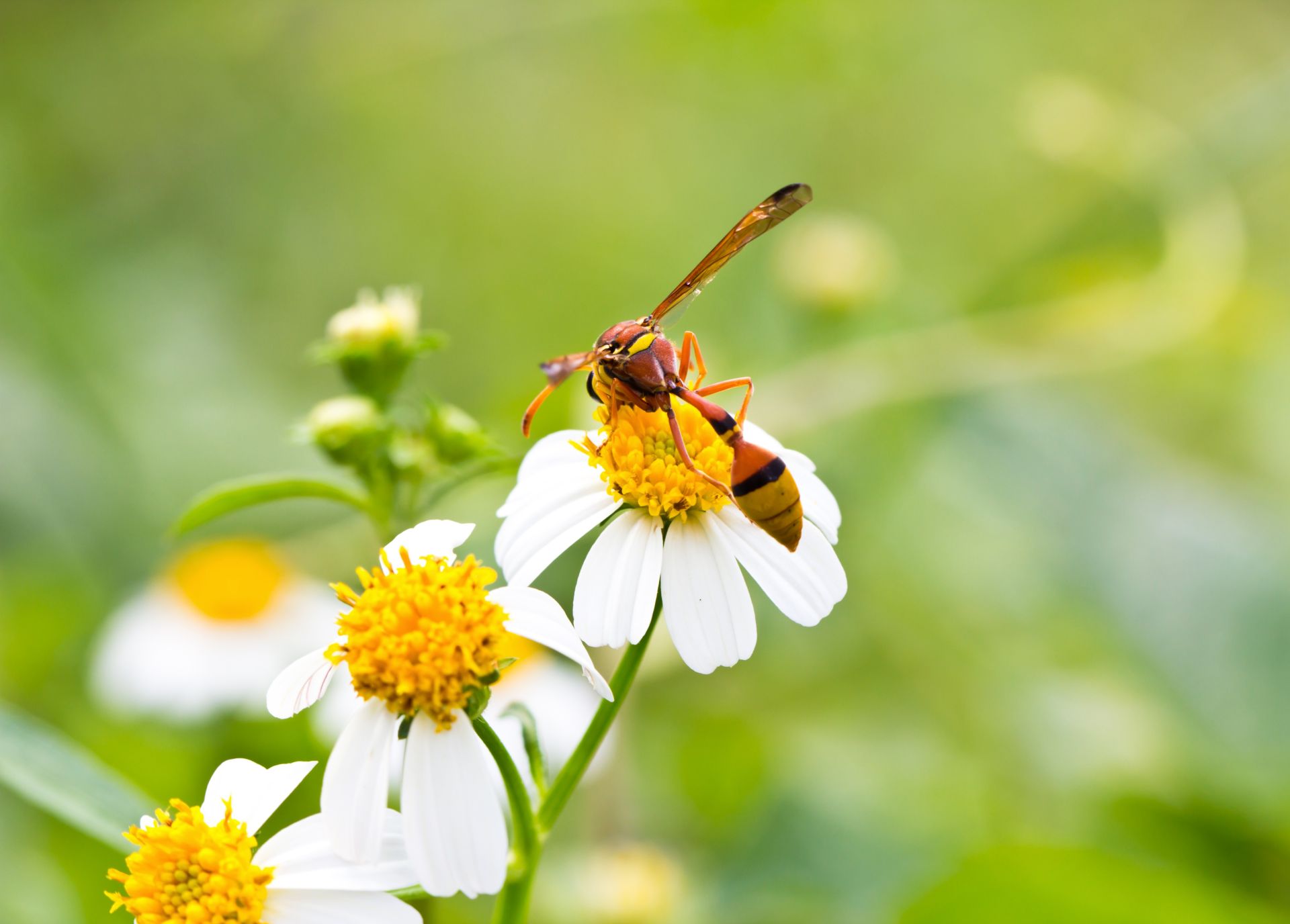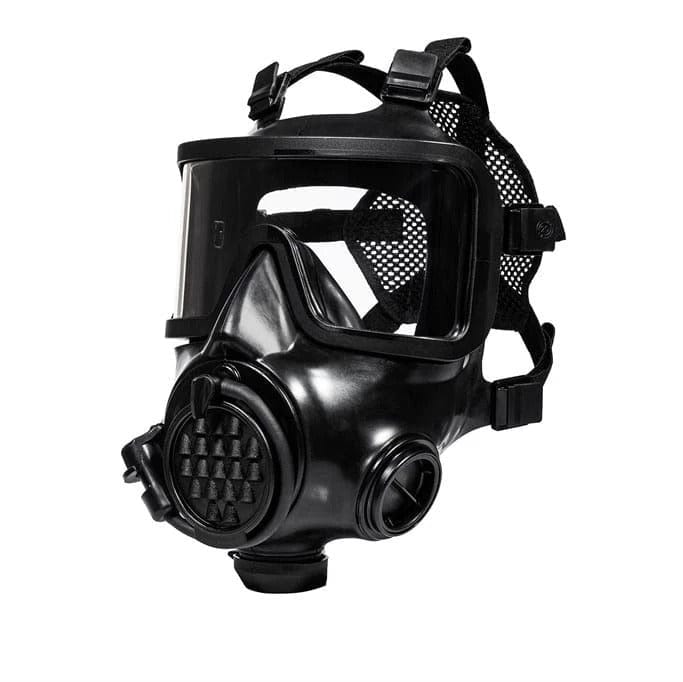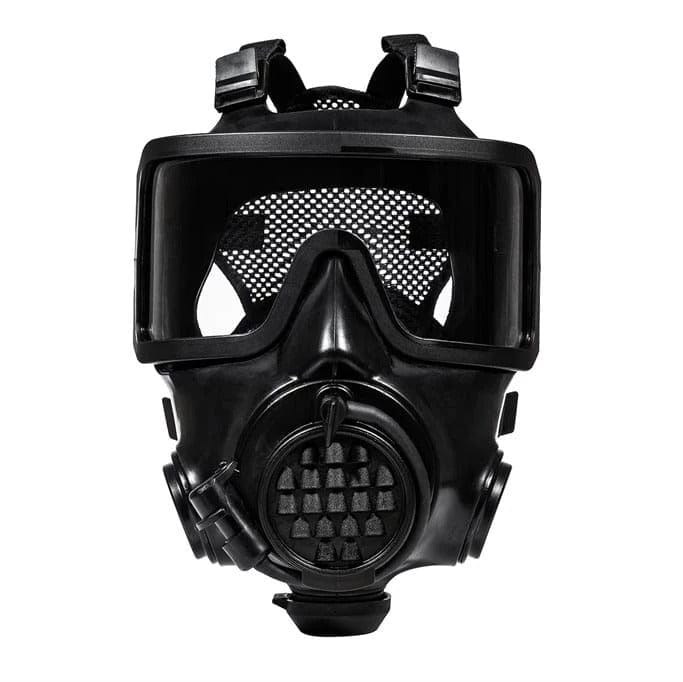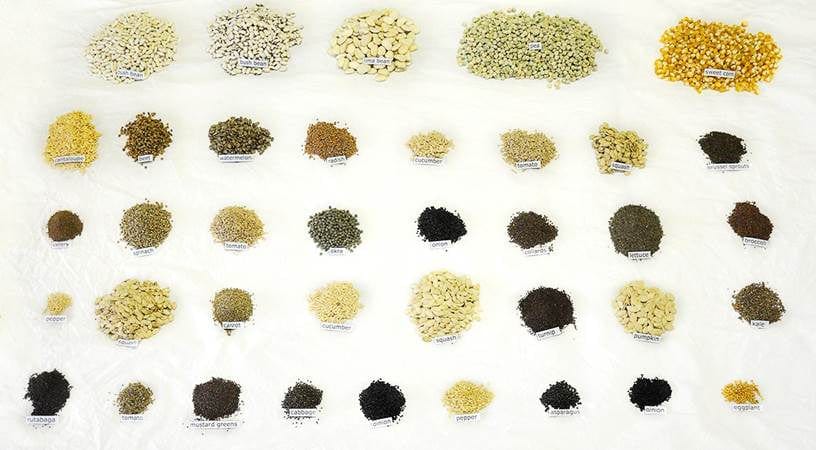Indeed, not all insects can be considered pests. Many are helpful for your garden. Experts recognize the help these beneficial insects provide and the damage from harmful pests.
As such, in this guide, you will learn about the helpful bugs in your garden.
Beneficial Insects: Aphid Parasite

This is one of the beneficial insects in your garden. Tiny parasitic wasps called Aphidius Coleman can lay their eggs inside aphids, which kills them.
Aphids are small, sucking insects that feed on plant sap. When a plant is infested with aphids, it can wilt or turn its leaves yellow. The Aphid parasite can detect the aphid's honeydew secretions and sense the distress signals of the infested plants.
When it is on the plant, it will inject its egg into the aphid. As the egg hatches, the larvae will start to consume the pest from the inside. Then, the resulting wasp will emerge from the rear of the dead aphid and find another prey.
The surviving aphids react by emitting an alarm pheromone. This leads to the colony's flight, such as falling to the ground, and they die. Indeed, aphid parasites are appropriate for greenhouse and garden use. They can combat infestations and prevent further harm to the plant.
Adult wasps can survive for two to three weeks and lay eggs in as many as 300 aphids throughout their lifetime.
They search the brown and mummified shells of the dead aphids to see if they work. If they do, they spread the material on the rockwool slabs or soil to release the aphid parasite.
Remember that aphid parasites thrive at temperatures greater than 80 degrees Fahrenheit. Then, repeat this procedure for 2 to 3 weeks or as needed. Note that you will start to see 'mummies' in the plants 10 to 14 days after your first application of the parasites.
Beneficial Insects: Nematode
Beneficial Nematodes are considered soil-dwelling parasites. They are microscopic, yet they actively hunt pests beneath the soil. They can penetrate and destroy over 230 problems that mature in the ground, including fleas, Japanese beetles, fungus gnats, and borers.
They find harmful insects in our garden plants and shrubs. They can also help the trees in their soil-born stage and destroy the pests on the trees from the inside out.
Studies show that beneficial nematodes are present in soils around the world. When the nematodes are released into the soil, they will find the larvae and pupae of the pests. They can do this by sensing the carbon dioxide and heat that they can generate.
Meanwhile, they can enter the pests' bodies through their orifices, sometimes sticking directly to their skin. They will continue to feed on the pests' remains and multiply when needed, exhausting the body before leaving it to look for another food source.
Remember that nematodes do not prey on earthworms, ladybugs, and other beneficial insects. They are also harmless to plants, animals, and humans. Since these organisms consume their hosts in the soil, they leave no traces behind.
As such, it is challenging to find evidence of their effectiveness. However, they are appropriate for gardens, lawns, shrubs, and trees. They must have moist conditions to facilitate more significant movement underneath the soil.
To release the nematodes, scatter them over the infected area and then water them. Ideally, nematodes must be applied at sunset to prevent their death from sunlight.
Meanwhile, to control other insects, you must prepare a water suspension. Then, inject or spray the solution into the burrows. Repeat this step for at least three weeks.
Bumblebee

Bumblebees are effective pollinators compared to other pollinating insects, just like honeybees. Bumblebees or the Bombus impatiens are considered the environment's most industrious pollinator. Because of their existence, they have facilitated the yielding of fruits of various tree fruits and vegetables.
The intensive pollination of bumblebees leads to greater yields. This is true for tomatoes, strawberries, peppers, and cherries. Indeed, bumblebees help feed the world.
On the hind legs of the bumblebees, one can find that they carry large pollen baskets. The pollen will stick to their hairy abdomens and be deposited from one blossom to another during their visits. They make these successive visits before returning to their hives.
The hives are where the pollen collected is stored and converted into food. In this area, the bumblebees feed their offspring. Because of food sources, hives increase during the flowering season.
According to experts, bumblebees can defend their homes from other intruders, such as pollinators. They also keep the hives cool during hot weather by aligning themselves in staggered lines and using their wings to fan the hive.
Indeed, the bumblebees are among Mother Earth's most fascinating and necessary creatures. To release the bumblebees:
- Put the hive 1 to 3 feet above the ground in a protected area.
- See to it that you do not place the give in the foliage.
- After setting it, let the hive calm down for an hour before you open the flight hole.
- If possible, open the flight hole, especially when the ventilation windows are closed, especially during the early evening. This will prevent the loss of workers.
Beneficial Insects: Fly Predator
The fly predator is a small and beneficial insect that attacks and kills flies. They do it whenever the pests are still in their immature pupal stage.
Studies show that fly predators are harmless to humans and animals. They are nature's first defense against flies, including the common housefly. The female predator finds a host pupa and drills through its cocoon.
After that, it will lay several eggs inside the pupa. The parasitoids will kill the pupa and consume it. After two to three weeks, the adult predator will emerge from its host. Then, it will seek out other pupae for its eggs, destroy the filth flies before reaching the adult stage, and lay more eggs.
Indeed, these parasites are essential in controlling flies in chicken coops, manure piles, garbage sites, corrals, and other places that keep flies and their maggots. This predator is best introduced in the early season before the flies can survive. The parasite does not bite or sting.
It is also harmless to plants, animals, and humans. The release rates will depend on various factors, similar to other beneficial insects. Large animals like horses and cows must be 500 per animal, and medium animals like goats and sheep must be 250 per animal. In the case of small animals like rabbits and birds, it must be five per animal.
Lastly, manure and compost piles must be five per cubic foot. Indeed, it is recommended throughout the pest season since flies have a much shorter life cycle than parasites.
They can produce more eggs in a shorter period. It will become more effective than one significant release whenever you release small amounts of parasites each week or month. Remember that the fly predators will not attack the adult flies.
As such, keeping the existing population as low as possible is best. Use one flytrap and even baits. If there is a quick knockdown, avoid spraying near the breeding sites where the beneficial insects live. This will only harm the insects more than it will benefit them.
In addition to this type of beneficial insect, you must employ a combination of measures to reduce the number of flies the most. Try cultural control or sanitation, water management, and manure management.
Beneficial Insects: Fungus Gnat Predator
The root-feeding fungus gnats can damage plant seedlings, preventing growth and even transmitting disease.
This fungus gnat predator, or Hypoaspis miles, is a brown mite-feeding fungus gnat larvae. It also feeds on springtails, thrips, and other soil-borne larvae. The predator has long legs and a fine-hair back. Its punctures will damage the pest larvae and the feeds on the inside.
Indeed, the gnat predator is hard to spot. It lives in the top layers of the soil and prefers to have moist conditions.
To release it:
- Turn the shake bottle to mix the contents.
- Spread the material evenly on the rock wool block or soil.
- Make sure not to apply in a pothole near the plant stem.
Beneficial Insects: Green Lacewing
Despite its beautiful name, the green lacewing Chrysoperla Rufilabris is dangerous to all soft-bodied insects and their eggs. During its adult stage, it feeds on nectar and pollen only.
Aphid wolf or aphid lion is in the larval stage and now becomes a consumer of problem insects. It can even consume around 200 aphids in one week. If the food runs out, it will eat other lacewing larvae.
The green lacewing can lay about 200 eggs near a colony of aphids or a slender stalk, popularly known as egg stalk. This is attached to the underside of a plant leaf.
After it hatches, the larvae climb the branch to find their prey. Then, the larvae will continue to feed for two to three weeks. After that, the spin cocoons are now ready to lay more eggs. You can release this whenever a few tint larvae are seen moving out of the container.
Then, turn and shake the container to mix the contents. Spread the material evenly over the infested area. Two weeks later, you can opt for the second release if necessary.
The ants will feed on the honeydew that sucking insects produce. This will protect these pests from their natural enemies. As much as possible, control the ants before release.
Lady Beetle

Popular children's books feature lady beetles, which are also known as ladybirds or Hippodamia convergens. These insects live in adult and larval stages and feed on mites, aphids, eggs, and soft-bodied bugs. Lady beetles are even considered a universal sign of luck.
Every gardener will share their experience of finding the bright yellow eggs of the lady beetles on the plant leaves and stems. After one week, the eggs will hatch, and the larvae will emerge and seek food.
Depending on several factors, the larvae will continue through the three molting stages. It will pupate after three to four weeks.
After one week, another adult emerges, ready to resume feeding. During a growing season, the lady beetle goes through one or two generations, which is often synchronized with the advent of aphid infestations.
The plants that provide the adults with pollen and nectar will benefit the insects in your garden. The adult ladybugs are shipped in cotton bags with wood shavings.
To release it, you must water the area to be protected first. Then, gently shake the contents evenly over the pest infestation. Ensure you do not release the ladybugs during the sunny part of the day.
Please wait until the evening or do it in the early morning. Ladybugs will likely stay in the area with enough food. However, it is common for them to fly away, especially if insufficient food is available. The larvae can eat around 400 aphids before pupating, while adults can consume 5,000 aphids during their lifetime.
Conclusion

Correct plant maintenance will help minimize garden diseases. A healthy garden will attract lizards, ladybugs, and other beneficial insects.
For each undesirable insect in the garden, a predator will also eat that insect. The beneficial insects stated above are available for purchase. However, they will only stay in your garden for a long time if they have a food source.
Remember, find out which beneficial insect will work best for your situation and get to work.
Biological control methods, such as using these insects, must not be considered immediate solutions. Results may take a few days or weeks to appear. Be patient and ensure you play your part by providing a suitable habitat for these insects.






















































